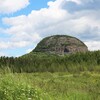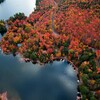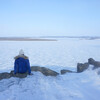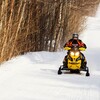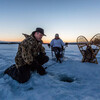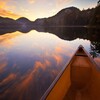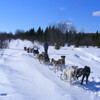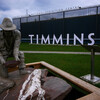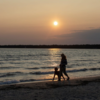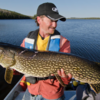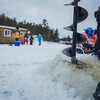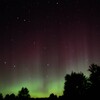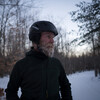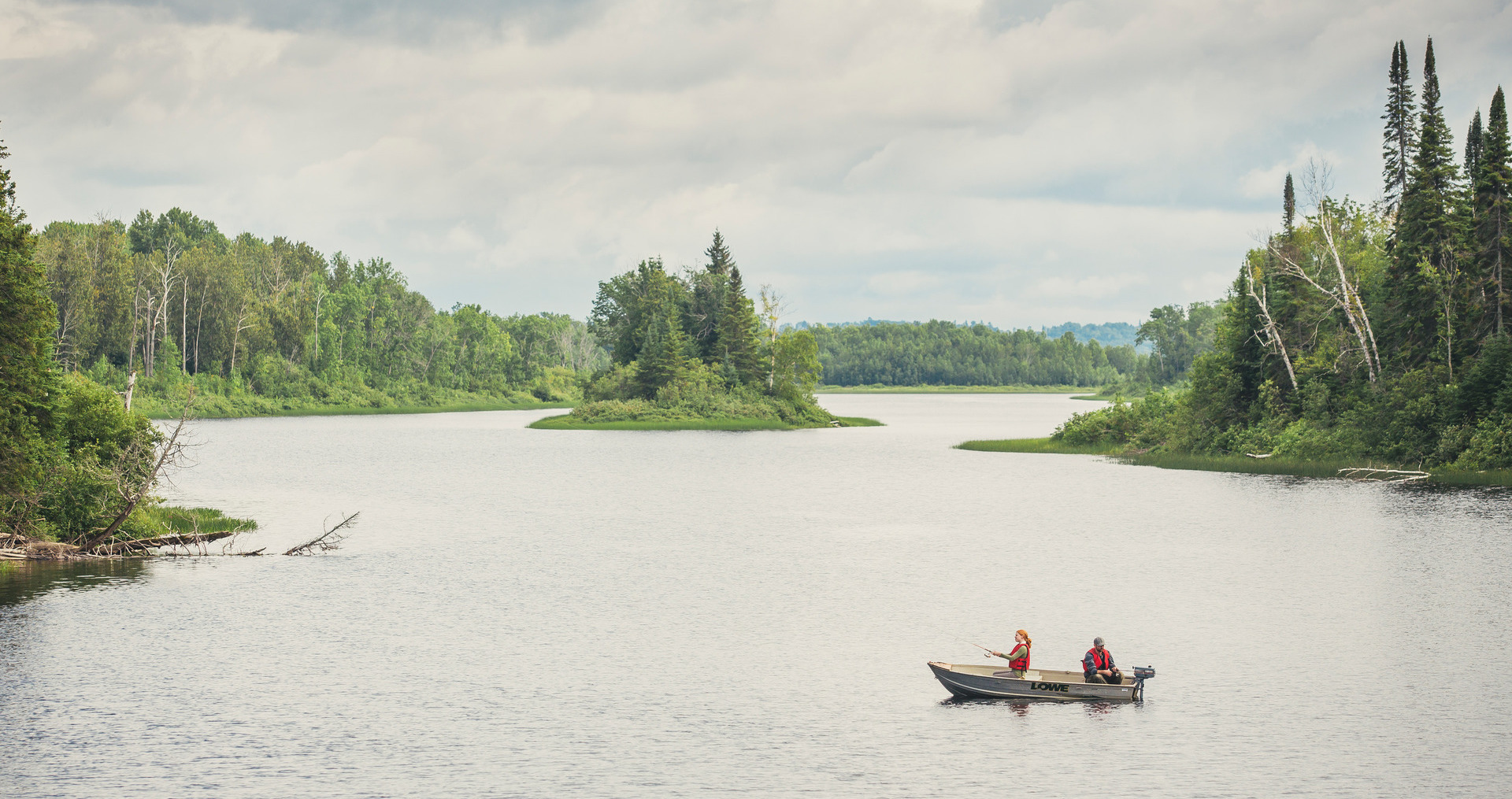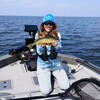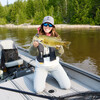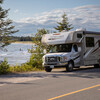The James Bay Descent
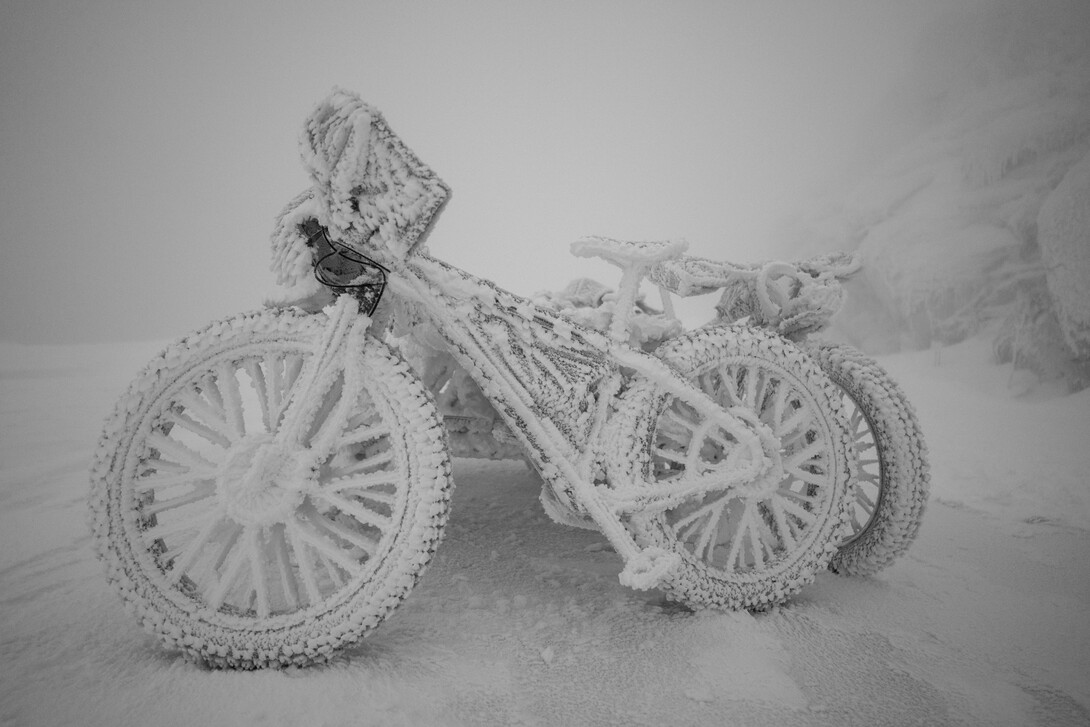
Consider yourself an adventure traveller? Well, consider this.
Armed with fat bikes, winter camping gear, and a host of supplies from food to inReach satellite communication devices, a group of four cyclists, photographers, and adventure travellers traversed James Bay and winter ice roads of Northeastern Ontario in February 2019. They called their expedition the “James Bay Descent.”
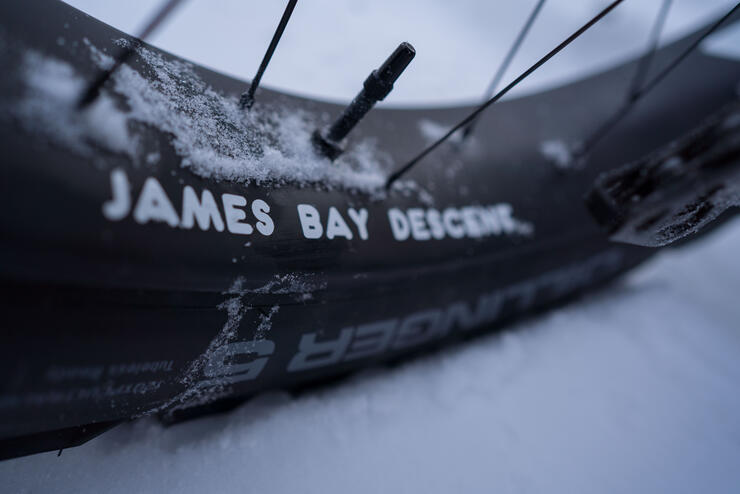
From the community of Attawapiskat First Nation to the southern reaches of Smooth Rock Falls, where a forest access road joins back to the Trans-Canada Highway, the team’s route took them across sections of Ontario not frequently visited by tourists, across 600 km of Hudson Bay Lowland during the subarctic winter.
This is the trip of a lifetime, an adventurer traveller’s dream, and a challenge of epic proportions. They did it for a good cause, and luckily, they brought us all along for the ride!
The Hudson Bay Lowlands
Northeastern Ontario’s Far North areas include train, plane, or ice road-accessible only communities such as Attawapiskat First Nation, Kashechewan First Nation, Albany, Moosonee, and Moose Factory. Dotted along the coast of James Bay, these communities are situated in what is called the Hudson Bay Lowlands forest region.
The Hudson Bay Lowlands is one of the world’s largest wetlands; an area of around 26 million hectares of land covered in tamarack trees and black spruce spread across a muskeg landscape. The vast landscape is dotted with ponds and lakes and carved up by winding rivers draining out to James Bay. During the winter months, the land freezes up and changes to white.
In addition to people, the region is home to animals such as polar bears, arctic foxes, arctic hares, woodland caribou, migrating Canadian geese and snow geese, and willow ptarmigan.
The Challenge
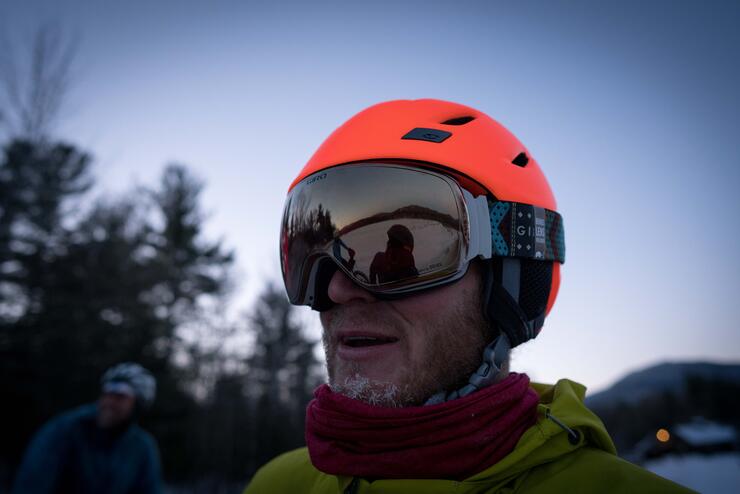
The challenge? The team chose to travel through this territory during Northeastern Ontario’s subarctic winter on winter ice roads and James Bay itself—490 km of ice road, and 120 km of boreal forest access road, bringing them back to the Trans Canada Highway at the end of it all. All on fat bikes.
Why fat bikes?
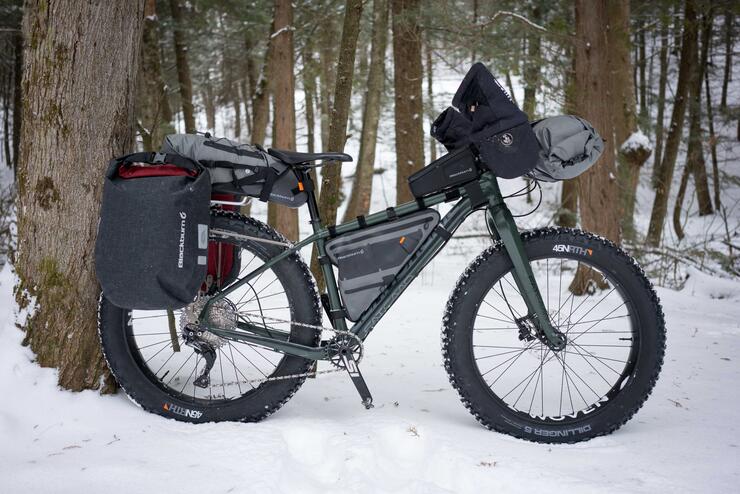
You’ve probably seen these bikes around. Popular for anyone commuting to work in the winter to those wanting to try something new on the trails, fat bikes are made to handle tough terrains such as sand and snow. Their big tires have lower air pressure than conventional tires, acting as suspension, which allows their pilots to get a better purchase on loose terrain—even going uphill! It’s the perfect vehicle to traverse winter ice roads.
The Riders
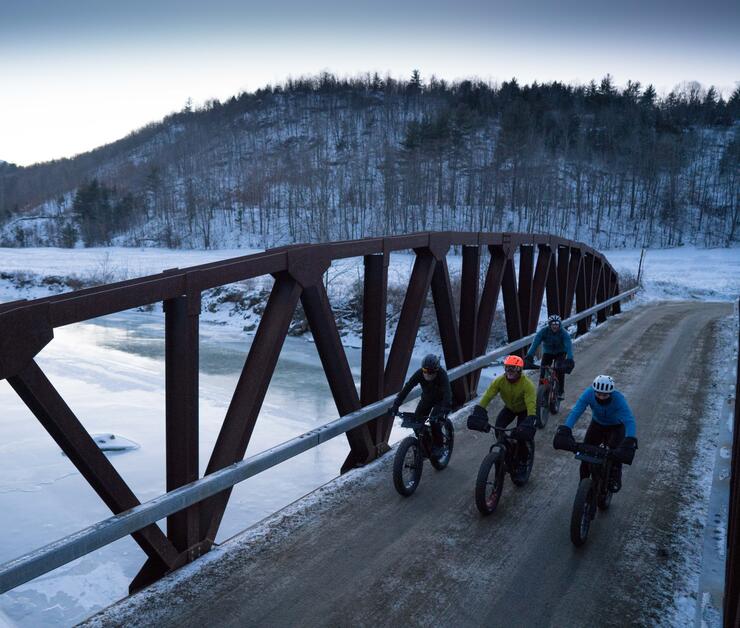
Journeys like this one aren’t for the inexperienced, and these four riders and adventure tourers have a load of experience. Together, the team of Ted King, Ryan Atkins, Eric Batty, and Buck Miller bring together Tour de France racers, World’s Tough Mudder Champs, Canadian National Team members, and Canadian XC Champs.
While the guys themselves are an elite team of experienced riders, their goal was to show other adventure-seeking cyclings and people at large that fat biking in Northeastern Ontario is something that people can get out there and do!
Great excursions and great causes
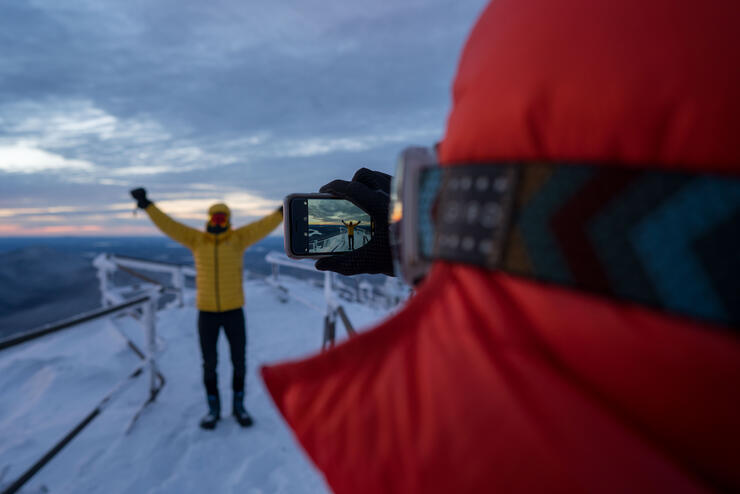
Great excursions often support great causes, with all proceeds of the James Bay Descent being donated to the Timmins Native Friendship Centre’s Moosonee Office—a non-profit organization whose mission is to support the region's most marginalized individuals.
Ready to Try Fat Biking?
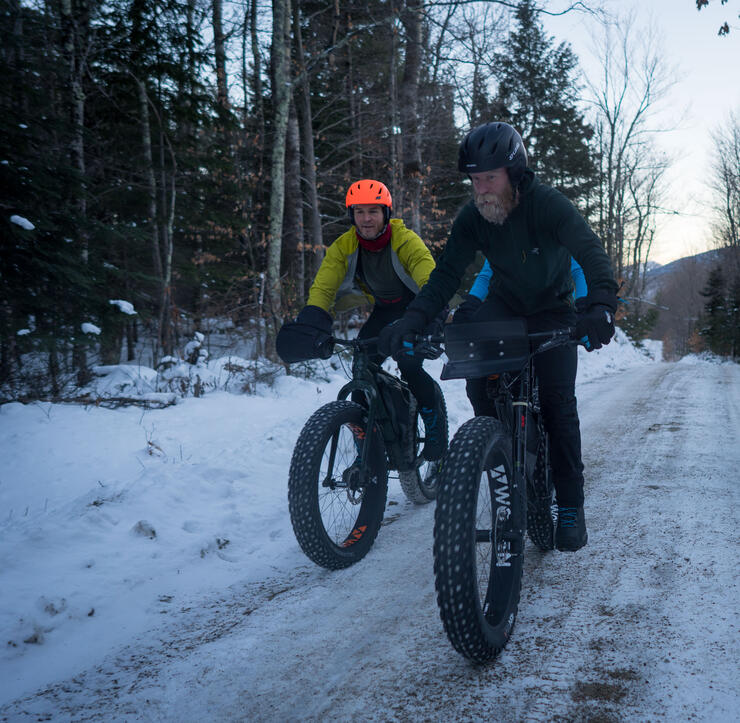
From fat bike rentals to trail systems to explore, here are some great resource articles to introduce new fat bikers to the sport in Sudbury, North Bay, and Timmins.
If you’re an adventure tourer thinking about planning this type of trek, a lover of the Far North, or just curious about what it takes to plan a winter camping epic on fat bikes, you can follow Buck, Ryan, Eric, and Ted on social media!
Recommended Articles
The Seven's Best Hikes, Biking Trails and Lakes

7 Best Spots to Check Out in The Seven

Budget Bliss: Explore Northeastern Ontario Without Breaking the Bank

Bring Your Fam!

Time to Unwind: 6 Spa Havens to Discover In The Seven
5 Amazing Places to SUP in Northeastern Ontario

5 Amazing Bike Rides to Discover

Northern Lights in Northeastern Ontario

Northeastern Ontario's Best Pride Festivals

Fish for one of the World's Rarest Species of Trout

An Insider's Guide to Manitoulin Island

6 Small-Town Gems to Explore in Northeastern Ontario

11 Best Things to Do in Kapuskasing, Ontario





